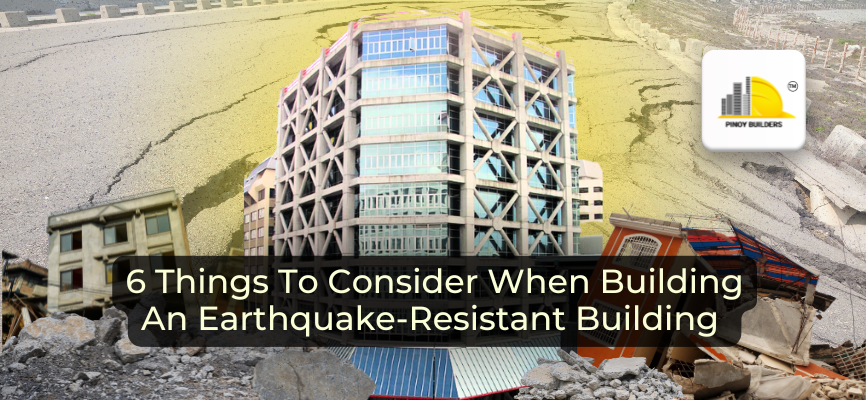The Philippines sits along the Pacific Ring of Fire, which makes it highly prone to earthquakes. Every few years, new warnings about “The Big One” and disastrous earthquakes in nearby regions remind everyone just how real the threat is. It’s not a question of if, but when.
With this in mind, earthquake resilience should be a safety priority in all structures in the Philippines. Proper planning, the right materials, and smart engineering can significantly reduce the impact of ground movement on lives and properties. In this article, we will discuss important aspects that engineers and architects should consider when it comes to earthquake-resistant buildings in the country.
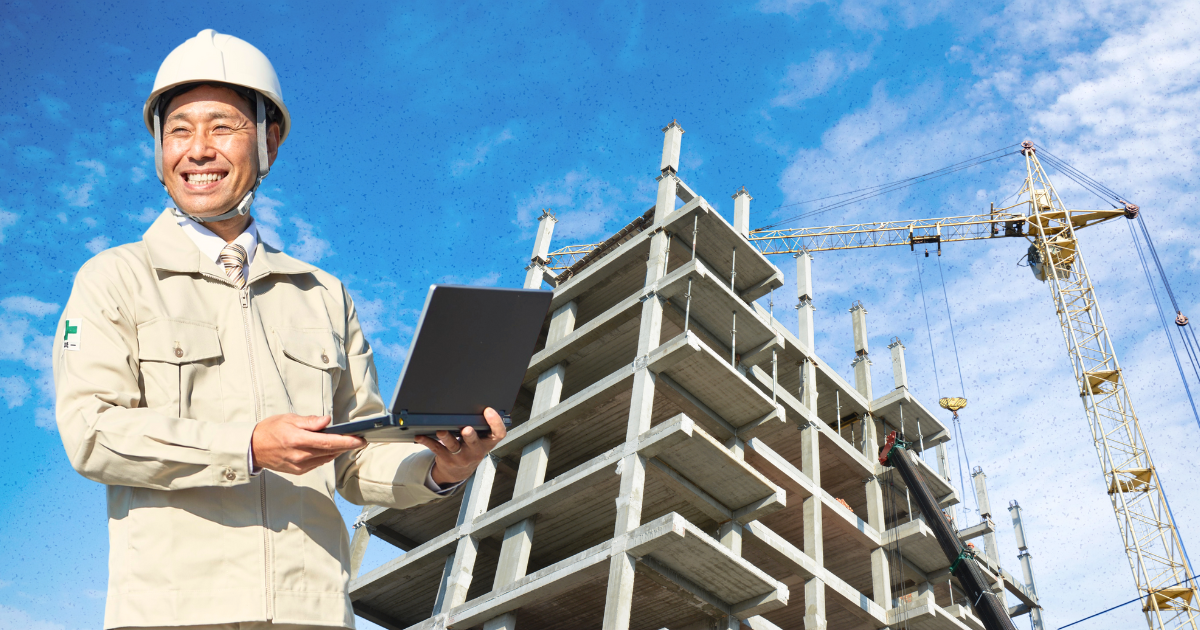
Solid Foundations and the Right Materials
In addition to supporting the structure’s weight, the foundation also absorbs and redistributes seismic energy. This is why local construction must comply with specific building codes that regulate materials and structural design. These codes cover depth requirements, soil analysis, and the use of earthquake-resistant materials. While cheaper alternatives may reduce initial expenses, they often fail under extreme conditions.
Every structure in the country should prioritize earthquake-resistant designs and reinforcement systems. Compliance with the National Building Code of the Philippines (NBCP) and the National Structural Code of the Philippines (NSCP) is essential. These standards are not only required for securing permits, zoning approvals, and occupancy clearances but also for ensuring structural safety and integrity.
The NSCP, developed by the Association of Structural Engineers of the Philippines (ASEP), provides the technical guidelines that licensed structural engineers must follow as mandated by Philippine law.
6 Things To Consider When Building An Earthquake-Resistant Building
When it comes to building a structurally safe building in the Philippines, it goes far beyond just building a strong foundation—it’s best to observe beyond. Advancements in earthquake resistance must always be developed. Here are six things that are worth including in any earthquake-resistant structural designs.
1. Use or Studying of Advanced Earthquake-Resistant Materials
The IEEE Public Safety Initiative has highlighted new materials that can help buildings handle strong earthquakes better. These innovations focus on flexibility, strength, and shock absorption. Here are a few examples being explored in modern construction.
Shape-memory alloys (SMAs)
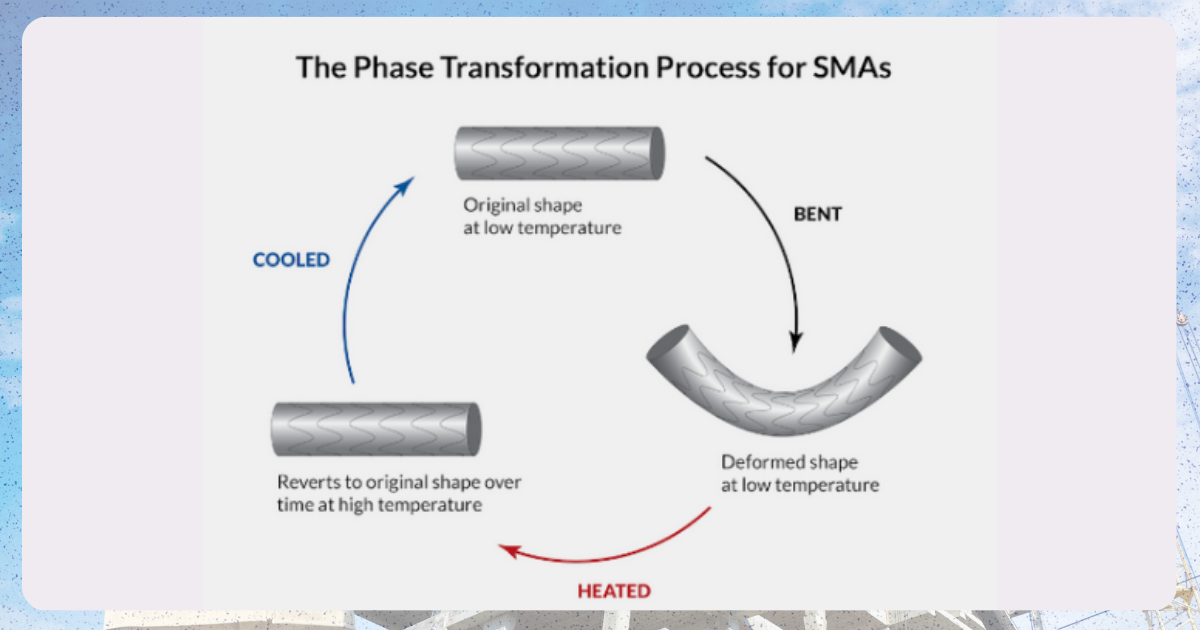
Image from COMSOL
These materials return to their original shape after deformation, reducing structural fatigue.
Seismic invisibility cloaks

Image from Emerging Technology from the arXiv | MIT Technology Review
Seismic invisibility cloaks are an innovative approach to protecting buildings from earthquakes. Made using engineered structures, like rows of boreholes, these cloaks redirect seismic waves away from a protected area.
Although successful in tests with specific wave frequencies, their effectiveness may be limited by varying wave types, and reflected waves could potentially damage nearby buildings. Despite this, they offer promising potential for safeguarding high-value infrastructure.
Synthetic spider silk
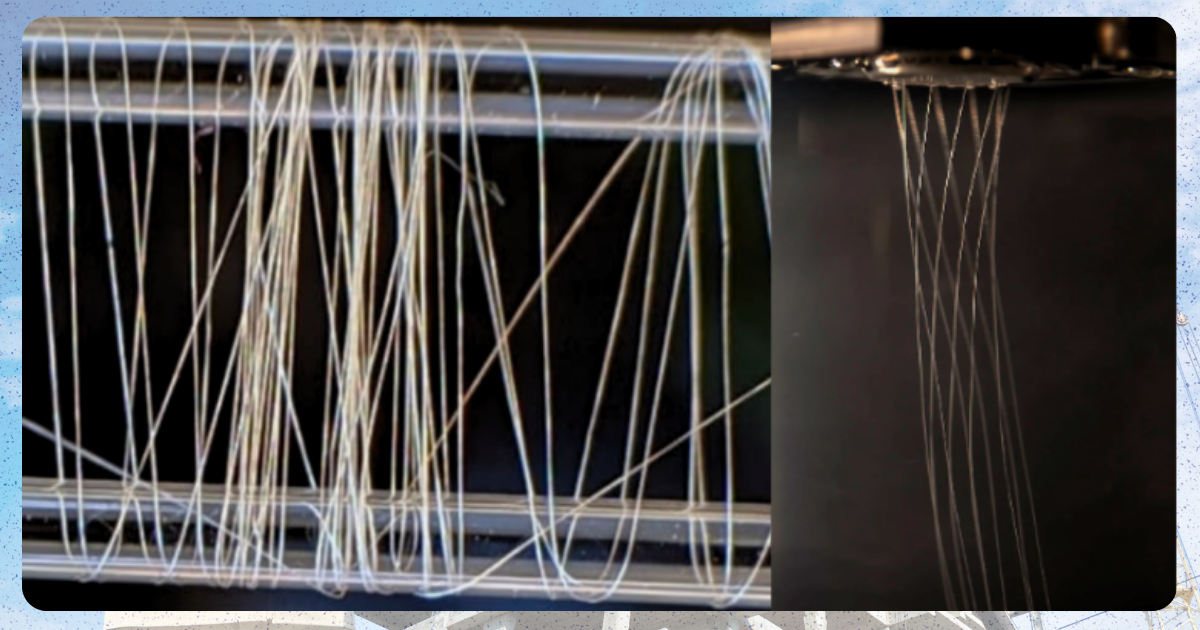
Image from New Atlas | WIRED
Known for its strength and flexibility, this material is being explored for tension and shock absorption systems. Theoretical construction-related applications of the synthetic spider-silk include power grids, data networks, building cladding, scaffolding, and frames.
These materials help structures adapt to shaking rather than resist it outright, which lowers the risk of collapse.
2. Seismic Retrofitting
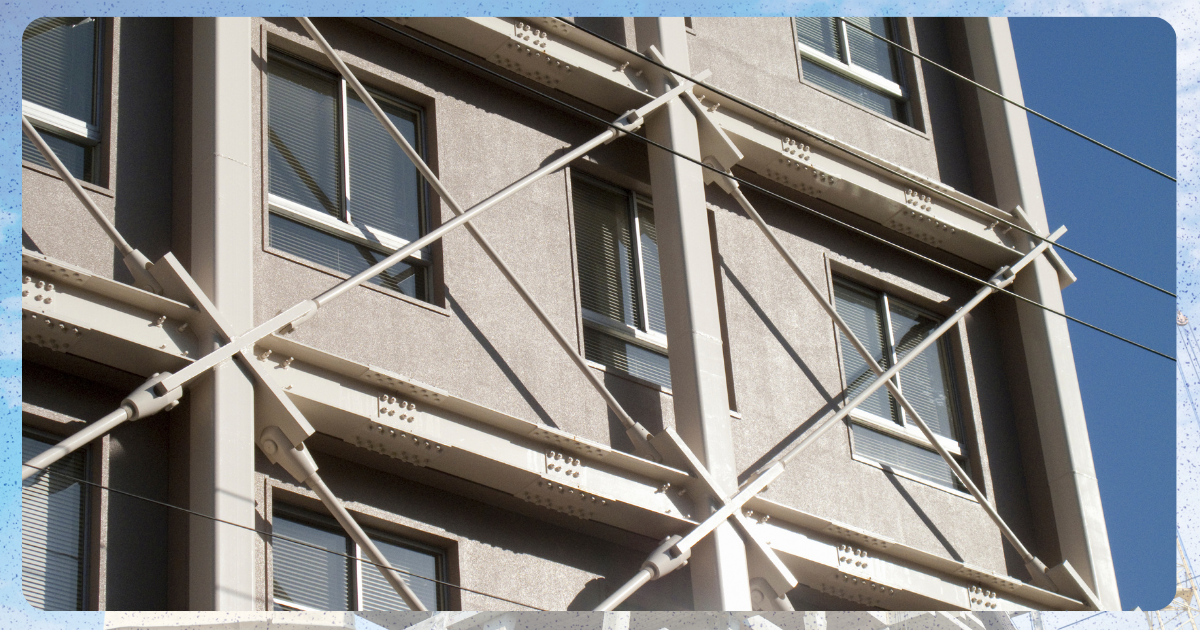
Not all buildings are new, but older ones can still be strengthened. Retrofitting methods help bring older structures up to current safety standards by adding base isolators, reinforcing steel frameworks, and updating connection joints.
Sample of Buildings That Undergone Seismic Retroffiting (Seismic retrofitting frames are highlighted with red outlines.)
2016 Itazuke Municipal Housing 25-building seismic retrofitting
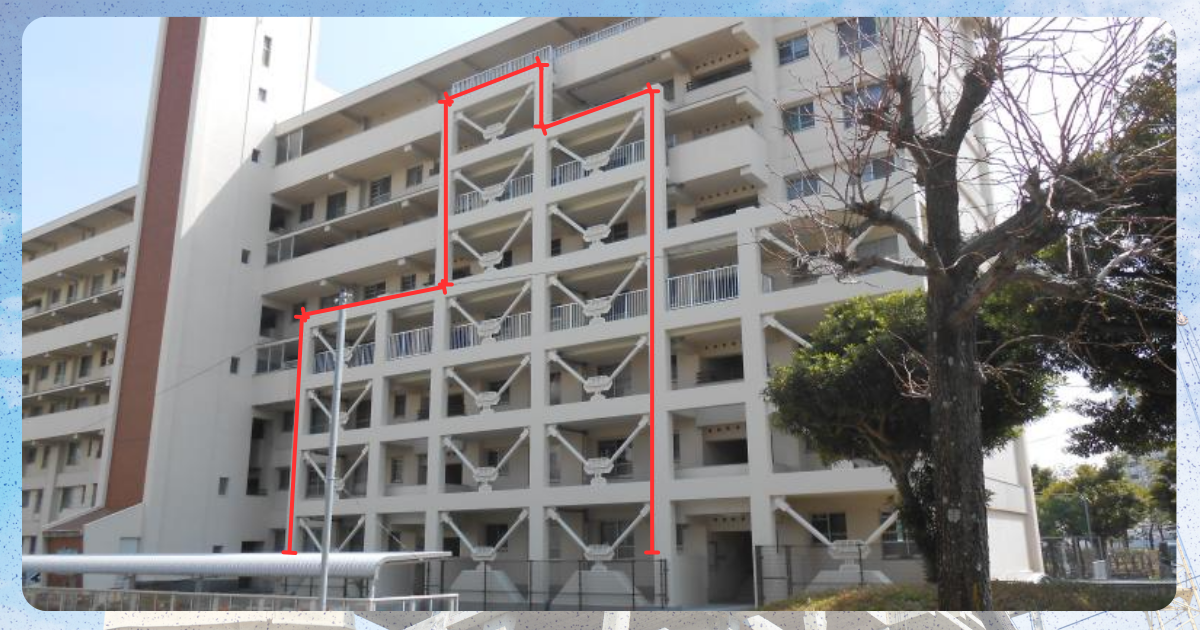
Image from Fuji P.S. Corporation
Nagoya University seismic retrofitting
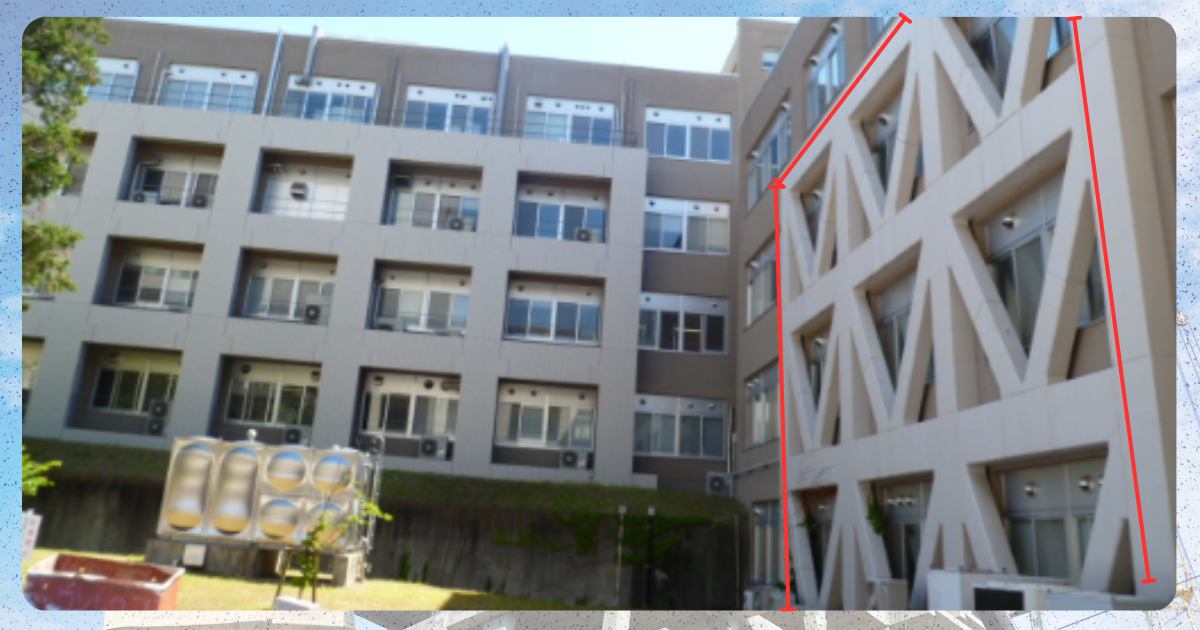
Image from animo CIV News Online
Comprehensive Auditorium of the National Taitung Senior Highschool in Taitung, Taiwan
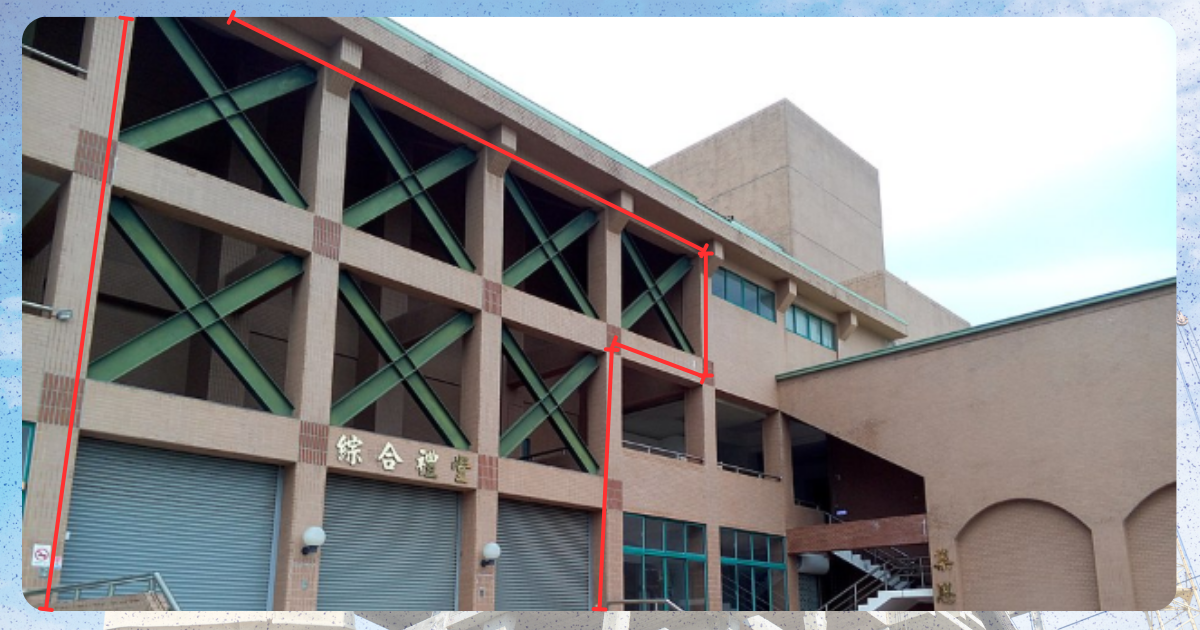
Image from Wikipedia Commons
3. Seismic Analysis
Before a single brick is laid, seismic analysis can identify weak points in the design. This process uses historical and geological data to simulate how a building would respond during an earthquake. This allows for early adjustments.
Sample of a seismic analysis using MIDAS Engineering Software

Image from MIDAS
4. Real-Time Monitoring with Seismic Sensors
Installing seismic sensors gives engineers and property managers live feedback during tremors. These tools assist in early warnings and help make informed decisions during evacuation. It’s especially useful in public infrastructure and multi-story buildings.
Sample performance of a quasi-real-time seismic noise network monitoring system

Image from MDPI
5. Flexible Architectural Design
Buildings designed with flexibility in mind are more likely to survive strong earthquakes. Features like open floor plans, lightweight partitions, and minimized overhangs help structures sway safely without collapsing. This approach is especially useful for homes, schools, and community centers in earthquake-prone areas.
Los Angeles Unified School District (LAUSD) flexible solution design by HMC Architects

Image from ArchDaily
6. Fiber-Optic Integration
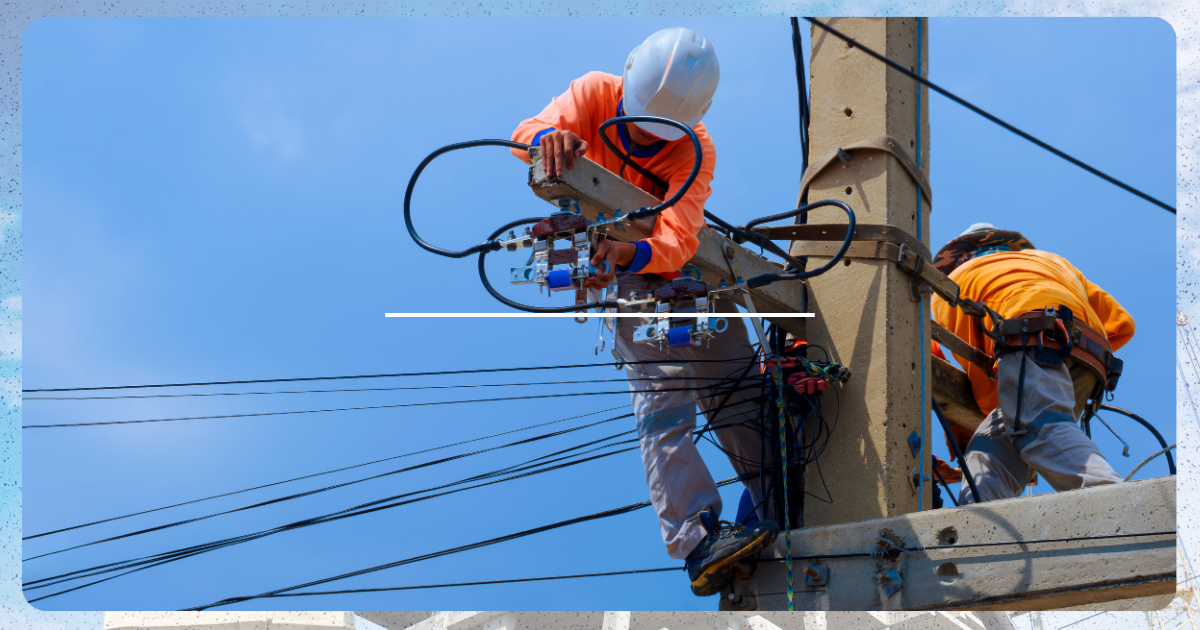
Fiber-optic cables aren’t just for fast internet. They also support real-time structural monitoring and emergency communications. When embedded in key areas, these systems give instant feedback on stress points and can signal structural damage.
If you are interested in learning more about earthquake-resistant design elements in buildings, read this article: Key Design Elements of Earthquake-Resistant Buildings
Build Smart, Stay Safe
Earthquake-resistant buildings help safeguard lives, protect investments, and strengthen communities. As natural disasters become increasingly unpredictable, resilience should be a core principle in every construction project.
Preparing for “The Big One” may seem daunting, but it is necessary. Such preparation includes using advanced materials designed to minimize structural damage during seismic events and integrating flexible components that allow buildings to adapt to ground movement.
Whether you’re starting a new project or upgrading an existing one, investing in high-quality, science-backed solutions can make a critical difference. Smart choices today can lead to safer outcomes tomorrow.
References
Association of Structural Engineers of the Philippines (ASEP). (n.d.). National Structural Code of The Philippines. Archive.org. https://archive.org/details/NSCP2015/page/n3/mode/2up
Cofer, A. (n.d.). Earthquake-resistant construction | Building Techniques & Materials. Britannica. Retrieved April 25, 2025, from https://www.britannica.com/technology/earthquake-resistant-construction
DPWH. (n.d.). NATIONAL BUILDING CODE OF THE PHILIPPINES. DPWH. Retrieved April 25, 2025, from https://www.dpwh.gov.ph/DPWH/files/nbc/PD.pdf
IEEE – Public Safety Technology. (n.d.). Earthquake-Resistant Building Technology. IEEE – Public Safety Technology. https://publicsafety.ieee.org/topics/earthquake-resistant-building-technology
Richest Philippines. (n.d.). Philippine Building Codes Related to Earthquakes. Richest Philippines. Retrieved April 25, 2025, from https://richestph.com/philippine-building-codes-related-to-earthquakes/
Skyciv. (n.d.). NSCP 2015 Seismic Load Calculations. Skyciv. https://skyciv.com/docs/load-generator/seismic-loads/nscp-2015-seismic-load-calculations/


